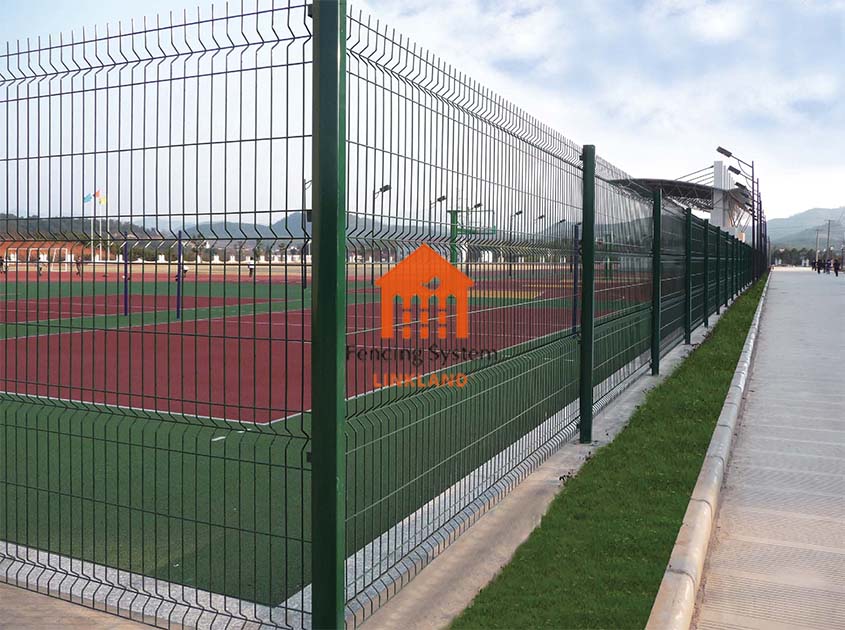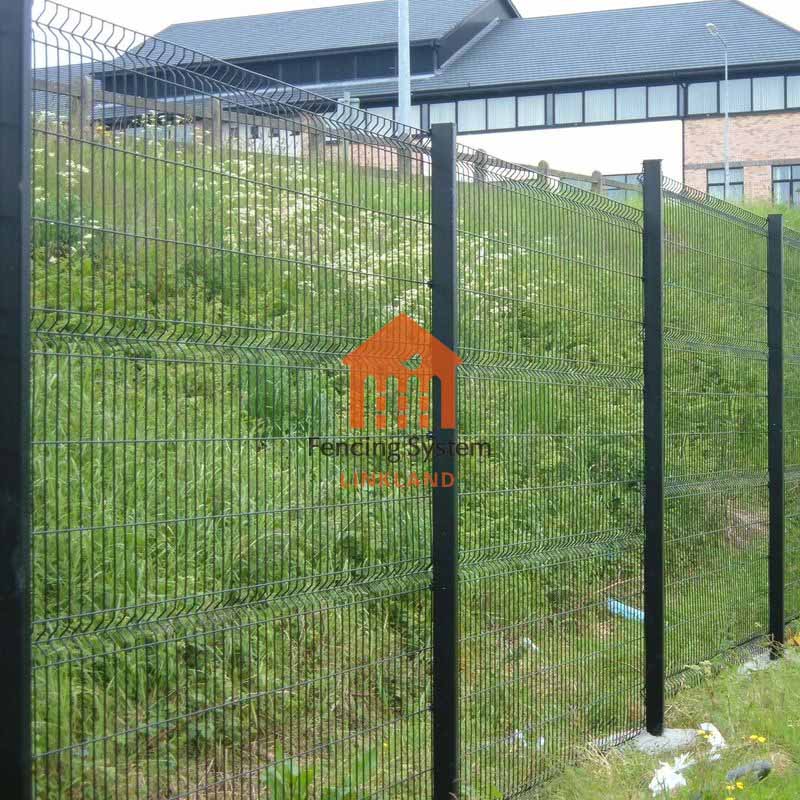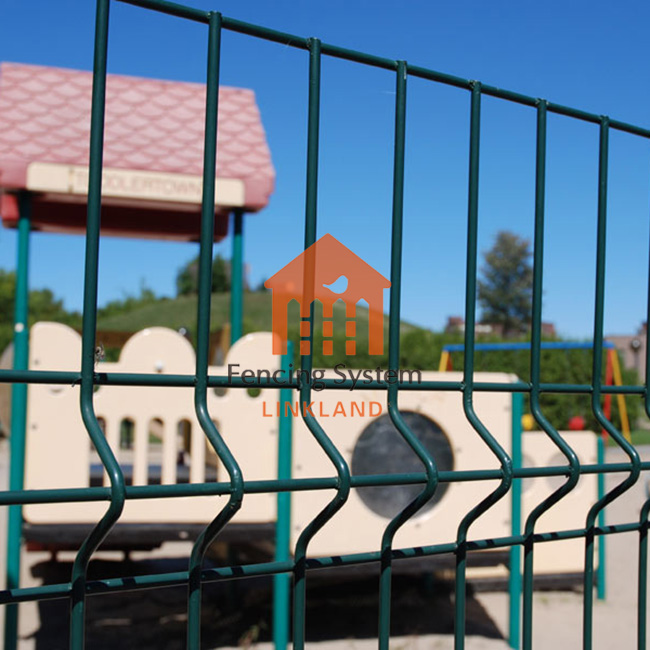Reliability is paramount when designing a 3D fence system.
Fixing and connection: Make sure that the fixing and connecting parts of the 3D fence are strong and reliable. Use high-quality fixings and connectors to ensure that the 3D fence system is stable and resistant to impact and damage.

Maintenance and inspection: Regular maintenance and inspection are performed to ensure the reliability of the 3D fence system. Repair any damaged or loose parts and make sure the 3D fence system is in good working order.

When designing a 3D fence system, environmental adaptability needs to be considered.
Weather resistance: Choose materials with weather resistance to adapt to different climatic conditions and environments. This ensures that the 3D fence system remains stable and durable in various environments.

Environmental coordination: coordinate the 3D fence system with the surrounding environment to ensure the overall aesthetics and harmony with the surrounding environment.
By following these design principles, a 3D fence system that is safe, visible, reliable, and adaptable to the environment can be designed. These principles help to ensure the effectiveness and long-term operation of the 3D fence system.